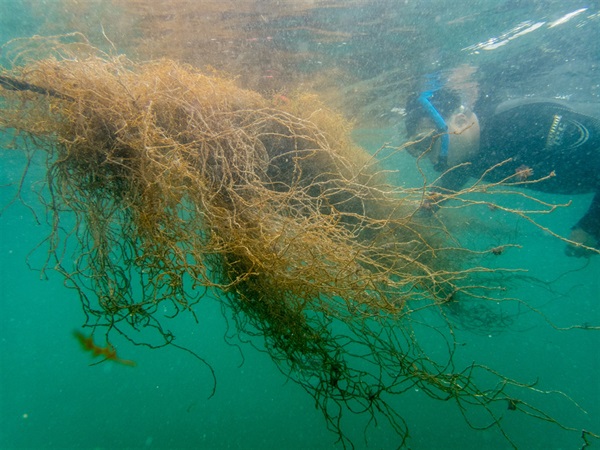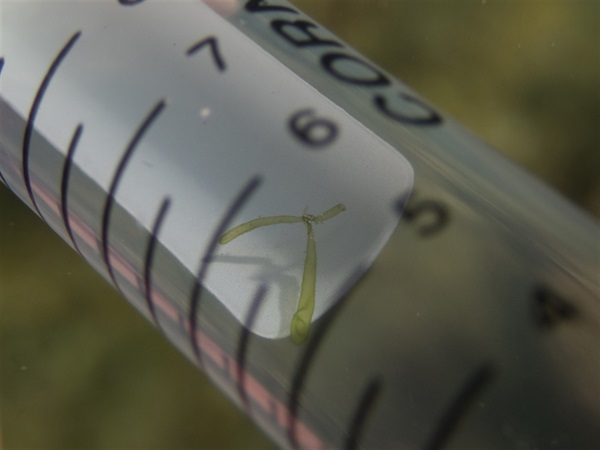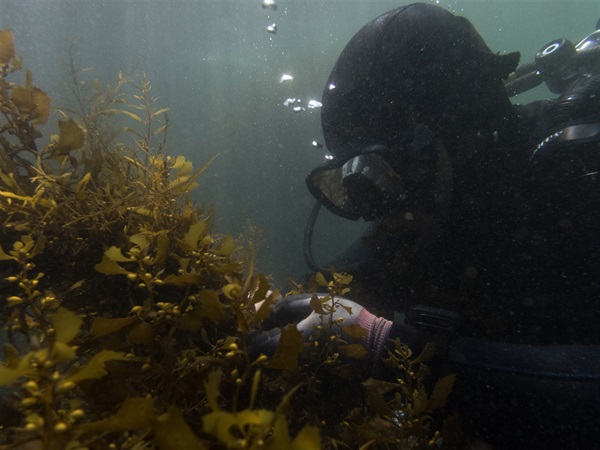The first known wave of seaweed studies conducted in Hong Kong can be traced back to the 19th century when expedition and voyage of discovery were frequent around the globe. Voyagers, scholars, and fleets travelled across oceans to different parts of the world including Hong Kong, Japan etc.. Some of these travelers collected seaweed samples from Hong Kong and nearby region and documented their findings. These constitute some of the earliest records of seaweed species found in Hong Kong. Notably, some seaweed species were described using type specimens collected in Hong Kong. The global expedition, collection and description of seaweeds continued in the 20th century. In 1930s and 1940s, some prominent researchers, notably Prof. C.K. Tseng from Chinese Mainland and American Phycologist Prof. W.A. Setchell, conducted field visits, sampling, comparative analyses of seaweed in Hong Kong. This resulted in continual expansion of seaweed species known in Hong Kong from the 1940s onwards. Local research also generated many useful literatures and identification keys to facilitate more seaweed research. All these endeavors contributed to the discovery of several species new to science. In more recent decades, effort by researchers to consolidate seaweed species information in Hong Kong led to the publication of the first guide book of seaweeds in the 1980s and the production of an inventory of seaweed species in Hong Kong in the early 2000s.
A recent research on Hong Kong seaweeds was funded by the Agriculture, Fisheries and Conservation Department in 2018 to 2019, the distribution and diversity of marine macroalgae were studied. A study team formed by scientists from The Education University of Hong Kong, The Chinese University of Hong Kong, and overseas experts updated seaweed inventory of Hong Kong through literature reviews and carried out subtidal dive surveys in seaweed hotspots in Hong Kong. Among the twenty sampling sites in both shallow and deep water regions, 4,708 quadrats along 442 transects in four seasons was surveyed and analyzed. A total of 264 seaweed species have been recorded in Hong Kong based on the literature review and the update of the study. Intensive dive surveys further confirmed the presence of 86 species inhabiting our sub-tidal marine environment, including 24, 40 and 22 species of brown, red, and green algae respectively.
Sargassum hemiphyllum var. chinense and two other crustose coralline algae were found to be the differentiating species in different water depths and seasons. This study indicated that a considerable amount of red algae (mainly the crustose coralline algae) was found in the summer. The study Identified 5 hotpots with high subtidal seaweed diversity, including Lung Ha Wan, Tung Ping Chau Marine Park, Stanley, Bluff Island and Shelter Island. Large patch of Sargassum species was found at Tung Ping Chau Marine Park and an extensive seasonal Ulva bed was also discovered at Cape D' Aguilar Marine Reserve, demonstrating the high ecological value of marine protected areas in supporting marine organisms and biodiversity.
A pocket field guide illustrating 30 seaweed species from the project was published subsequently by the Agriculture, Fisheries and Conservation Department, including species commonly seen by divers, new records for Hong Kong, or regionally important species. Each species is accompanied by underwater photographs taken in Hong Kong and a short description of its characteristics. The information aids readers in species identification and render them a grasp on the most essential and the little-known stories of our seaweed.
| Principal Investigator | Dr. CHEANG Chi Chiu Frank |
|---|---|
| Affiliation | The Education University of Hong Kong |
| Co-investigators | Dr. ANG Put O. Jr., Mr. YIU Wai Hong |
| Period | 2018–2019 |
| Funding Source | Agriculture, Fisheries and Conservation Department |
Information Source: Dr. CHEANG Chi Chiu Frank










